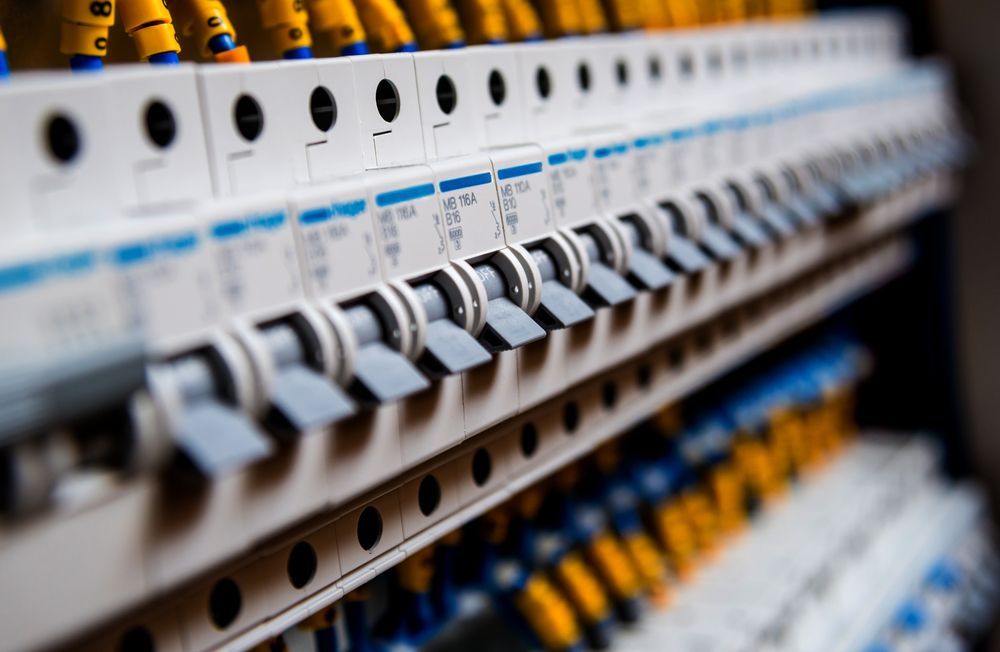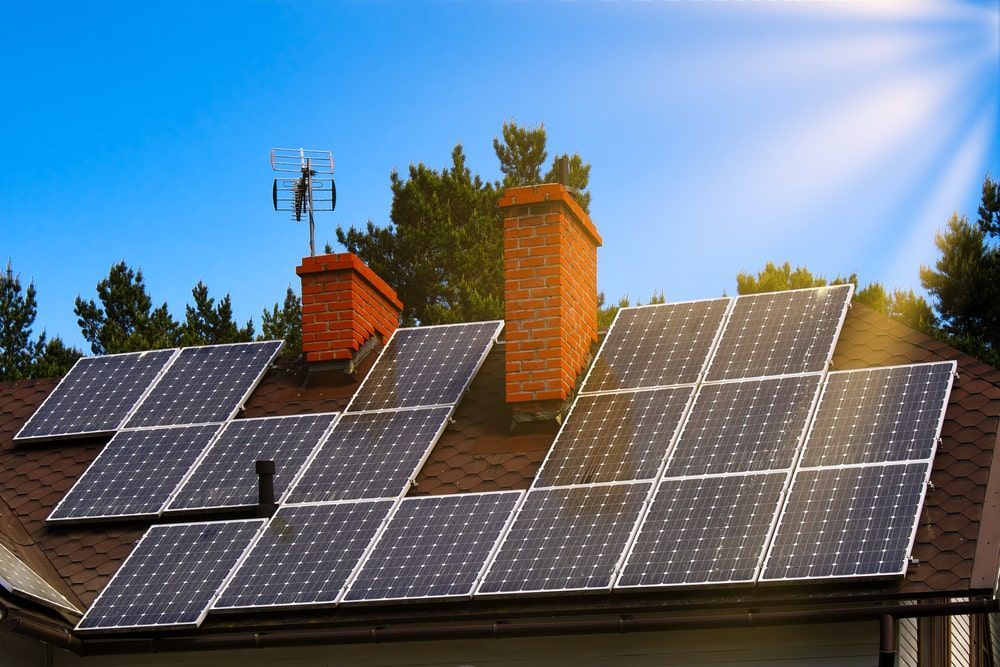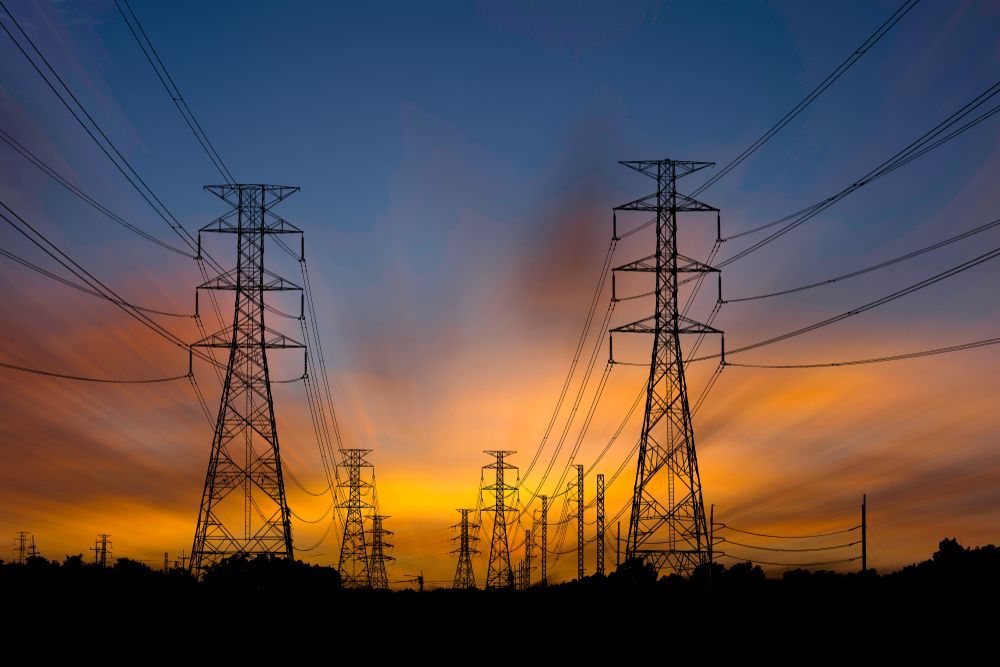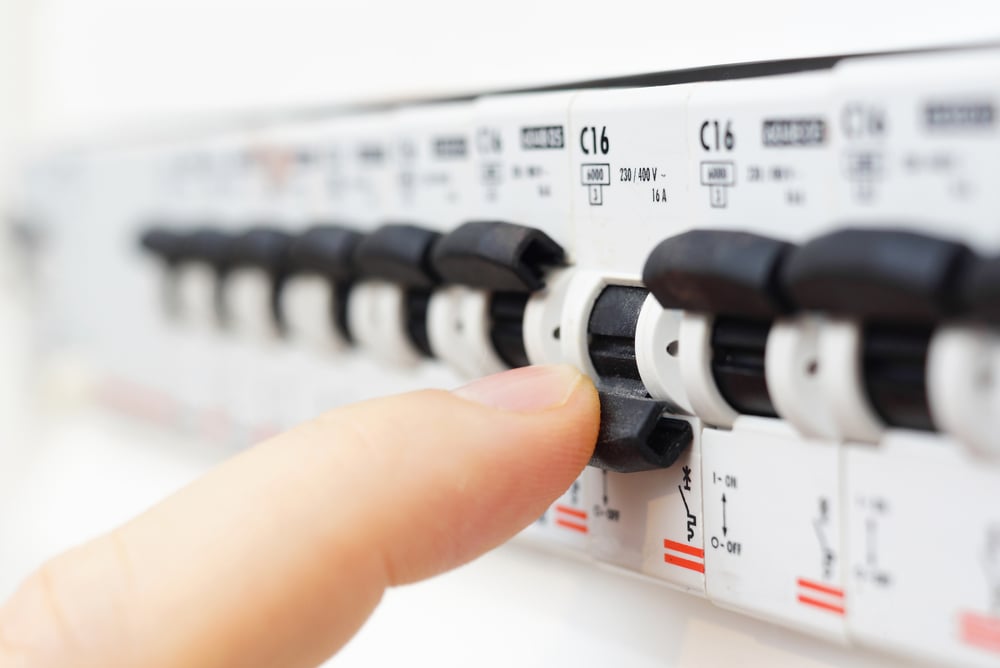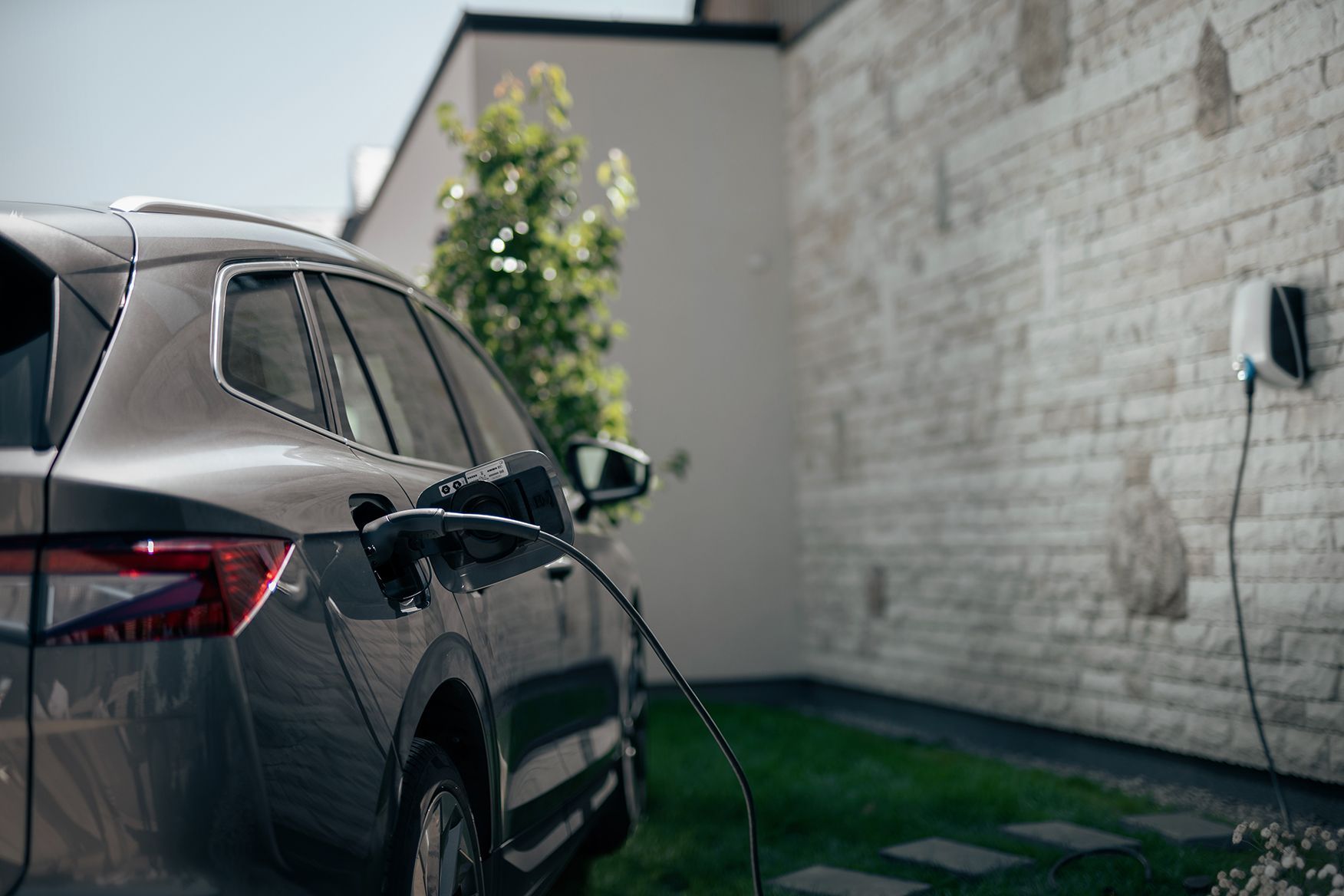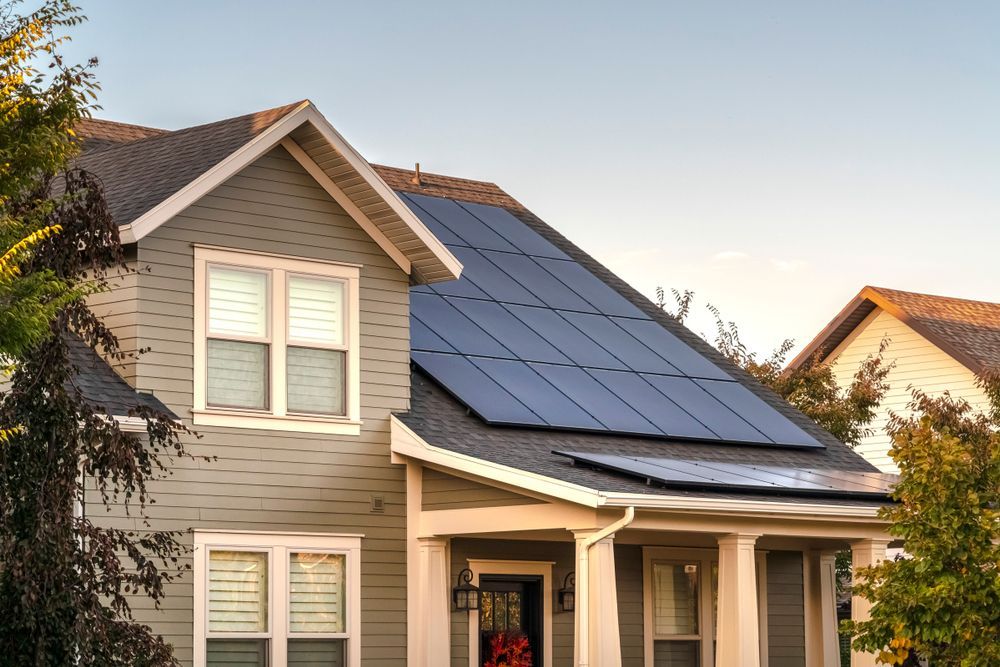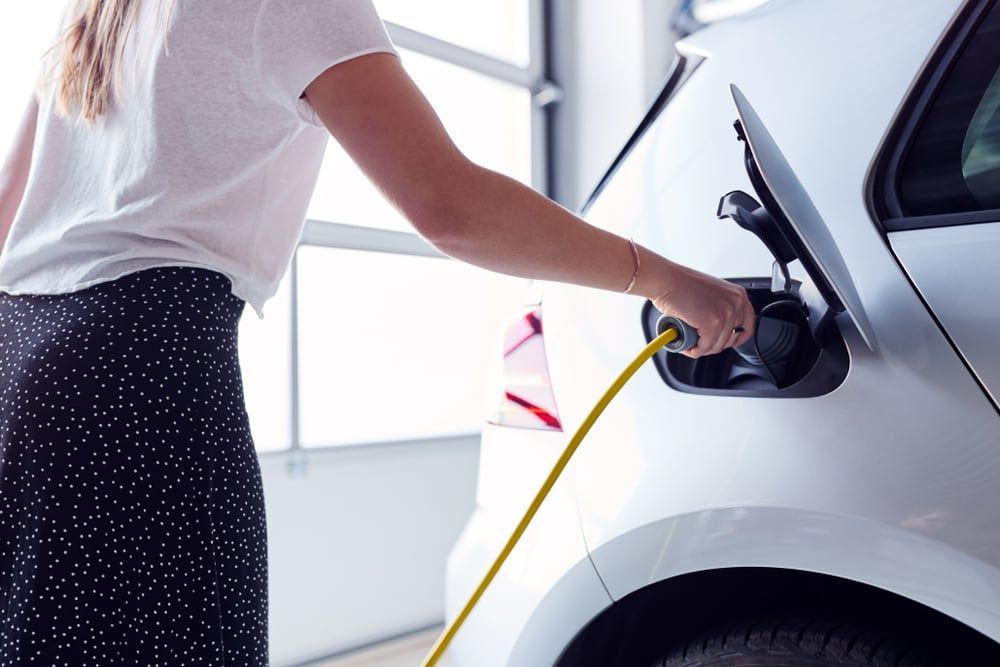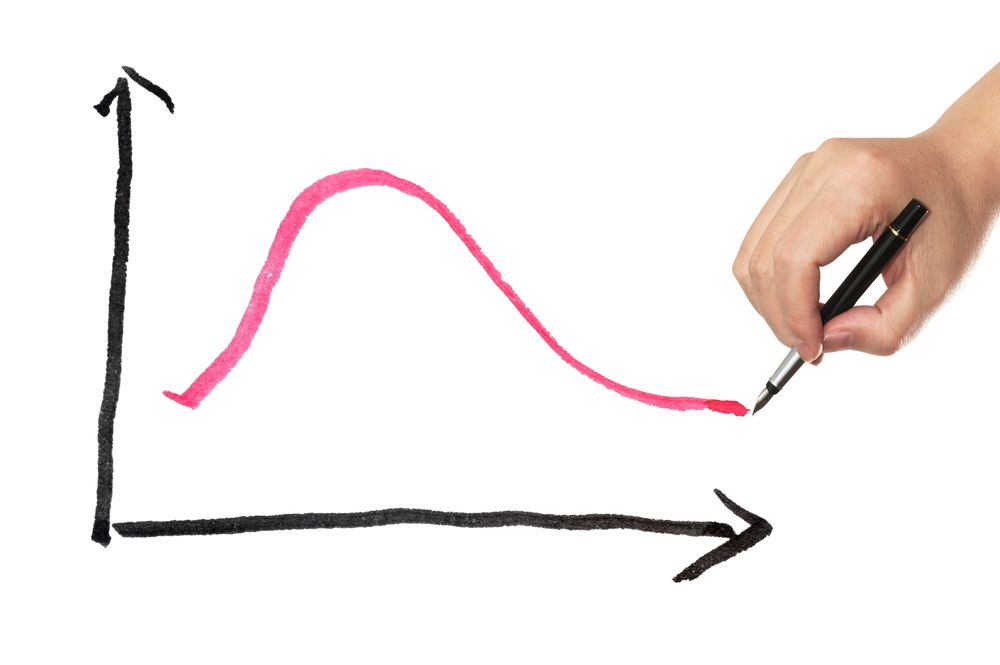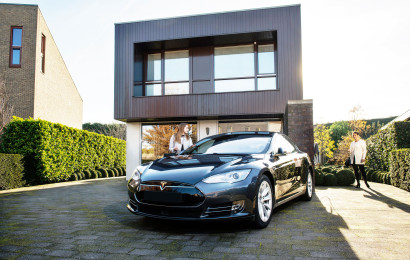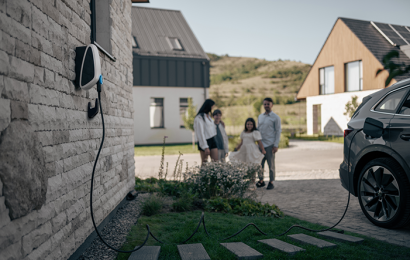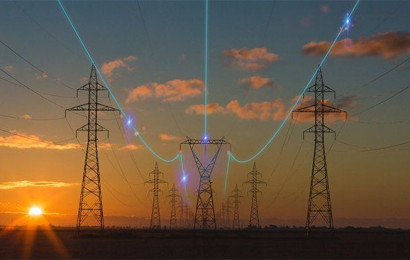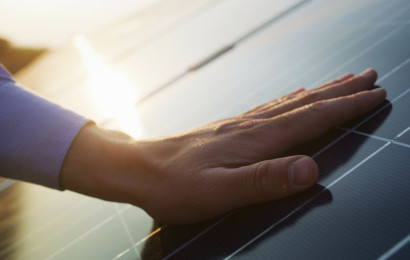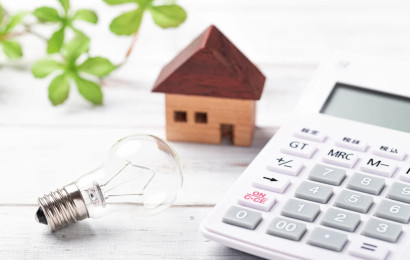1. What is smart charging?
The importance of energy efficiency
For EV drivers, the vast majority of whom charge at home, charging their vehicle efficiently is a top priority. Whether it’s due to rising electricity costs, environmental concerns, or the desire to build out an efficient smart home ecosystem, managing energy consumption and keeping energy bills as low as possible is becoming more important than ever.
According to our latest Mobility Monitor report, 65 percent of EV drivers think energy efficiency is the most important factor when purchasing an EV charging station.
The next generation of EV charging, defined by emerging technologies to make charging more economical, efficient, and intuitive is aptly named Smart Charging. But smart charging isn’t just one thing and nor is it set in stone.
Smart charging is an umbrella term for a variety of intelligent features.
Some are readily available on the market whilst others are just appearing. Some are still in development and there are potentially many others that haven’t even been conceived of yet at the time of writing this guide.
The common thread connecting them all is a sort of “enhanced connectivity” compared to the first generation of EV charging stations.
Why choose a smart charger?
In short, the benefits of smart charging correlate to a set of features — some readily available and some being rolled out across the globe — including dynamic load balancing, vehicle-to-grid (V2G), and hub/satellite configurations.
While the benefits differ per feature or situation, generally speaking, the list is as follows:
- Control: Control charging via your smartphone.
- Safety: Avoid blackouts and protect your home’s electrical circuit.
- Efficient: Optimise charging speeds to avoid drawing excess energy from the grid.
- Sustainable: Connect to a solar system and charge with renewable energy.
- Reduce costs: Charge your vehicle when electricity prices are lower.
- Connectivity: Connect your EV to a home energy management system.
In the next section, we’re going to unpack each of these benefits in more technical detail and link each with the current features which are in development or on the market today.
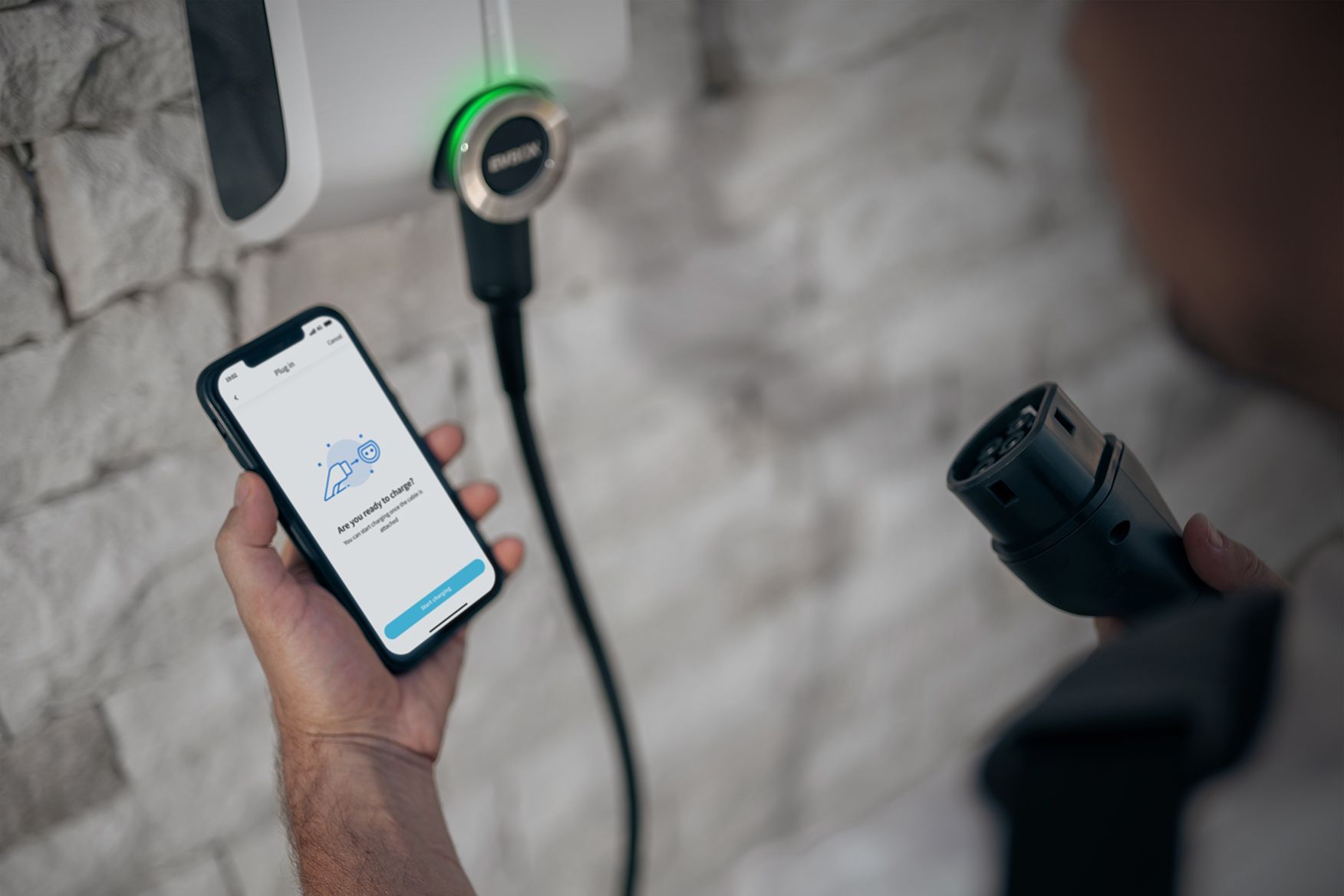
What makes an EV charging station smart?
Just like today's mobile phone can do a lot more than just call or text, electric vehicles today can do a lot more than just drive. In turn, EV charging stations must evolve to keep up with these advances in technology. That’s where connectivity comes in.
By 2025, according to a study from Berg Insight, there will be 7.9 million connected EV charging stations installed in our homes.
Smart EV charging stations come equipped with a set of advanced features that use the connection between your car, your home, and your electricity supply to leverage data and insights intelligently, optimise and personalise your charging sessions, and increase energy efficiency.
What is a connected electric car charger?
A connected EV charging station, as the name implies, is a charger that can establish a wireless connection, typically via Bluetooth or the internet.
This connection enables real-time communication between the charging station, the car, the EV driver, and the electrical circuit of the EV driver’s home. This enhanced connectivity can give you far more control over the charging process and can provide insights into energy usage so that you can optimise and personalise your charging sessions.
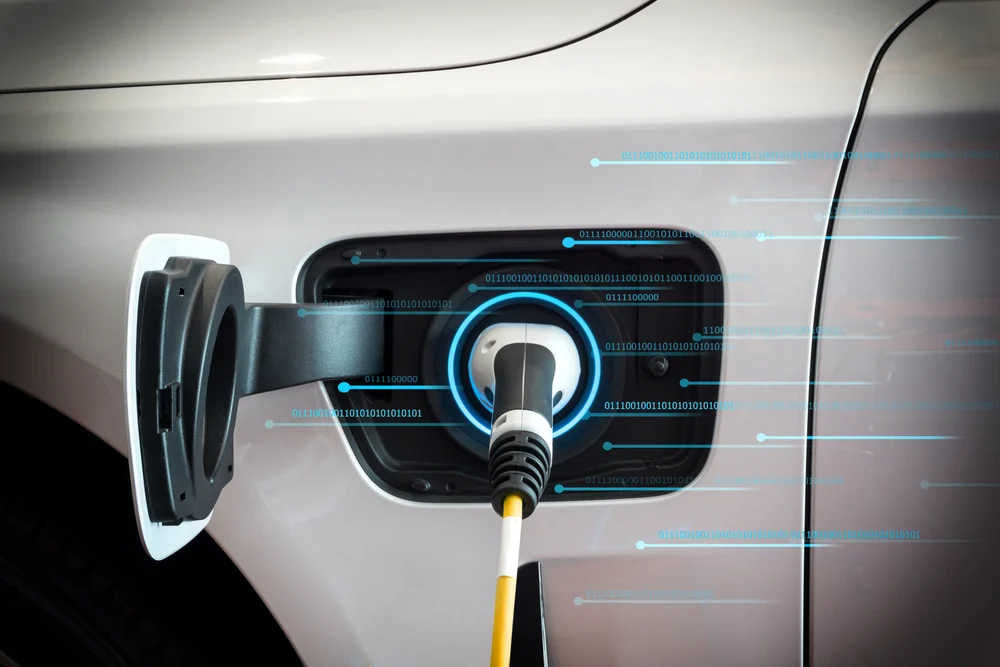
This connectivity is typically managed via a charging app, which allows users to view and control charging sessions and settings directly from their phones. However, this connectivity also works in the background, making it easier to optimise the station's performance, update its software, and even troubleshoot challenges as they arise in real-time.
What technology enables smart EV charging?
A smart charging station has the ability to connect to the internet. On the hardware side, this requires a modem or even a sim card physically built into the charging station. By leveraging this network connection, a smart charging station can transmit data to and from an EV and a home.
To enable smart charging features, a smart charging station needs software to let a user control and manage it.
Depending on the backend, this software can give the user the ability to control charging sessions remotely, optimise energy efficiency, and even gather accurate information on their charging behaviour.
Connectivity and government regulation
Governments around the world are even mandating that all new EV chargers have to be connected. This type of legislation—which is already active in the UK (but also expected in the EU and US soon)—further propels the growth of connected EV charging.
This enhanced connectivity enables a plethora of possibilities to improve the charging process.

Connected charging stations and smart EV charging
So is a connected charging station a smart charging station? Well, not exactly.
Smart charging can’t be defined as simply one thing, it’s an umbrella term referring to various intelligent functionalities that can enhance the charging experience.
It’s true that a smart charging station has to be connected to enable the use of smart charging features, but this doesn’t mean that every connected charging station comes equipped with smart charging features like dynamic load balancing, vehicle-to-home (V2H), or renewable energy integration.
What to look out for in a smart EV charger
As smart charging technology and government regulation evolve, more and more features will become available to EV drivers. But you don’t want to have to buy a new charging station every time a new feature comes out. One of the most important smart charging features is the ability of a charging station to become smarter over time.
Thanks to the enhanced connectivity which makes charging stations “smart”, the next generation of home charging stations will have the ability to receive over-the-air updates. Over-the-air (OTA) updates are essentially the ability to download software updates or applications and service or troubleshoot challenges over the internet. With OTA updates, a charging station that is sold without a smart feature could receive them via a software update when they become available in that particular region.

From a sustainability standpoint, the longevity (and durability) of a charging station is paramount and with over-the-air updates, you can avoid having to upgrade your charging station hardware to access the latest features. From a consumer perspective, the ability to unlock new features without additional hardware and installation costs only adds to a positive experience; which, in turn, is key to enabling the spread of electric vehicles.
All in all, whilst OTA updates may not be a hot topic like dynamic load balancing or V2H technology, they should be a top priority when choosing which charging station is right for your home.

